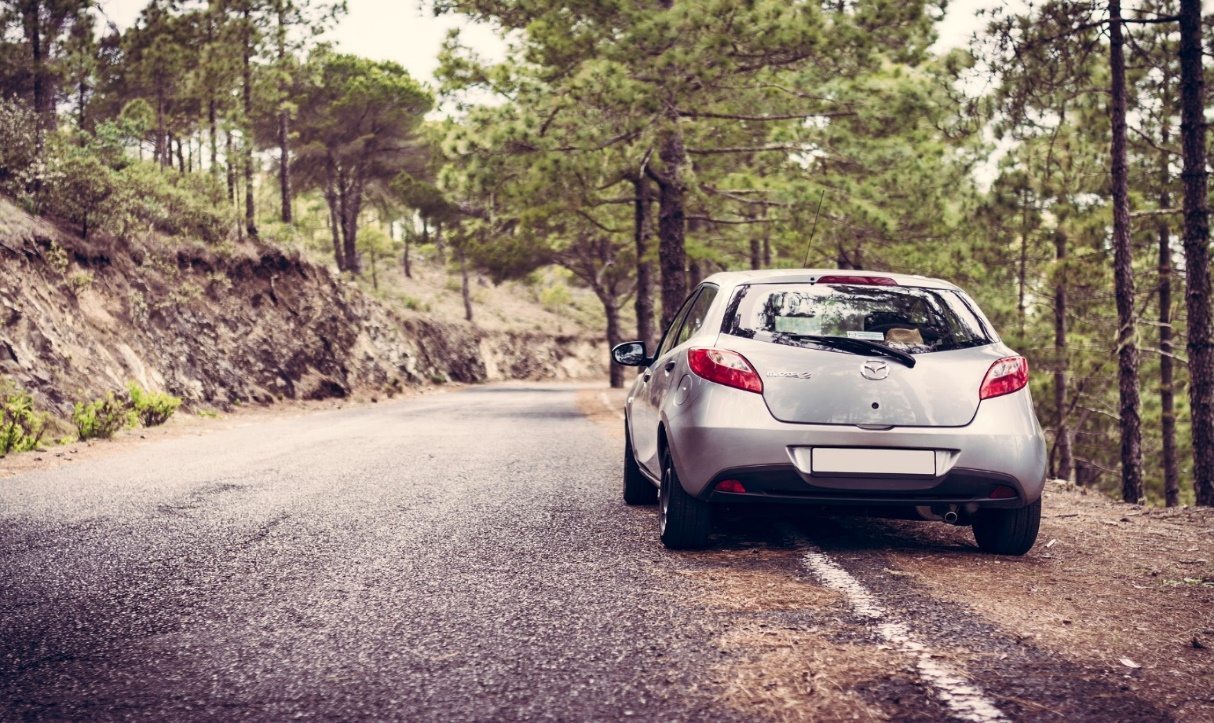
SHOP for TIRES
2WD, 4WD, or AWD: Which Should You Choose?

One of the major factors that influence many drivers' vehicle purchase is the kind of power their engine offers. However, the power created by the engine means nothing if it doesn't have the right drive system to transfer that energy to the road.
There are three different types of drive systems: 2WD, 4WD, and AWD. While some drivers prefer the stability of AWD, others prefer the traction of 4WD. The drive system to suit you depends entirely on the type of driving you do, and the reason for driving. So, here are a few facts about drive systems to help make your decision easier.
2WD: Front-Wheel Drive or Rear-Wheel Drive?
2WD vehicles can be further divided in rear-wheel drive (RWD) and front-wheel drive (FWD). The two terms simply indicate to which of the wheels the engine's power is focussed.
Front-Wheel Drive
Most passenger vehicles sold today have FWD, due to their efficiency of space, better fuel economy due to reduced overall weight, and economic production costs. One of the advantages of having both the source of the power and the drive system at the front of the vehicle is there is more room for cargo and passengers.
As almost 65% of the weight of the vehicle is located over the front wheels in an FWD car, they are adept at handling slippery road surfaces while traveling at slow speeds. However, this front heavyweight imbalance, in conjunction which the steering duties performed by the front wheels, can mean the vehicle will have poor overall handling, especially when not counter-balanced by passengers and when traveling at high speeds.
This combination of steering and driving also means the tires wear more easily than in other drive systems, so you will need to have a tire repair and service more often.
Rear-Wheel Drive
Traditionally, most passenger vehicles had been fitted with RWD due to its simultaneously rugged and simple design, and it was also cheap to manufacture. The typical RWD set up connected the engine and transmission to the rear axle via a driveshaft running along the center of the vehicle.
RWD vehicles have their front wheels to steer the vehicle while the rear wheels provide the power to move the vehicle. This division of labor means there is a significant increase in the traction, and, therefore, the acceleration of the vehicle as the weight of the car increases. Another advantage to RWD vehicles is that because the weight is distributed more evenly over all four tires, the wear and tear on the tires are reduced, and the corner handling is increased.
The biggest drawback for RWD vehicles is their handling in wet and slippery weather. Even with modern traction control technology, and high grip and performance tires, RWD vehicles are best left in the garage during the rain and snow.
4WD: The Best of Both Worlds?
4WD systems are typically associated with heavy-duty, off-road vehicles that frequently need to traverse extreme environments. The reason they can do this so effectively is they can utilize each wheel independently, if they have differentials, or simultaneously send all the engine's power to all four corners of the vehicle, allowing for extreme grip along steep, resistant, or low-traction surfaces.
While some modern 4WD vehicles can automatically switch between 4WD and RWD, others require the driver to manually switch between drive systems. Unless you do a lot of off-road adventuring, have a job that requires you to travel in extreme conditions, or you live in a particularly rugged part of the country, 4WD is generally unnecessary for everyday driving situations.
Although the idea of increased traction can appear an attractive feature in a vehicle, it can inhibit corner handling and damage the drivetrain if driven too long on flat roads.

AWD: Sending Power Where You Need It
Though 4WD and AWD are often used interchangeably, they are remarkably different systems. The main point of difference is that, while both drive systems direct the engine’s power to all four corners of the vehicle, the AWD system is more responsive. AWD systems can direct different amounts of power to different wheels depending on the conditions experienced by that wheel as detected by the sensors.
During everyday driving situations, AWD generally direct the power to the front wheels and only engage the back wheels when necessary. This means they are great vehicles for changing weather conditions, especially mud and snow, and are often used in SUVs and minivans.
The main drawback to an AWD vehicle is the added weight of the drive system, which reduces the acceleration and, in turn, increases the fuel consumption.

Summary
The key to choosing the right vehicle for you is to consider for what purpose you need the vehicle most. If off-road is going to be the main terrain you travel, then 4WD is the option for you. However, if you need something more flexible, then select AWD. Consider what other factors influence your purchase, such as fuel consumption, passenger room, or acceleration, and choose the drive system that best matches your everyday driving situation
